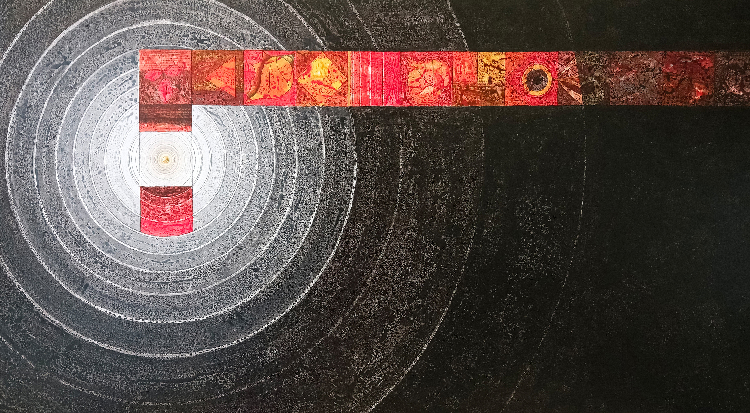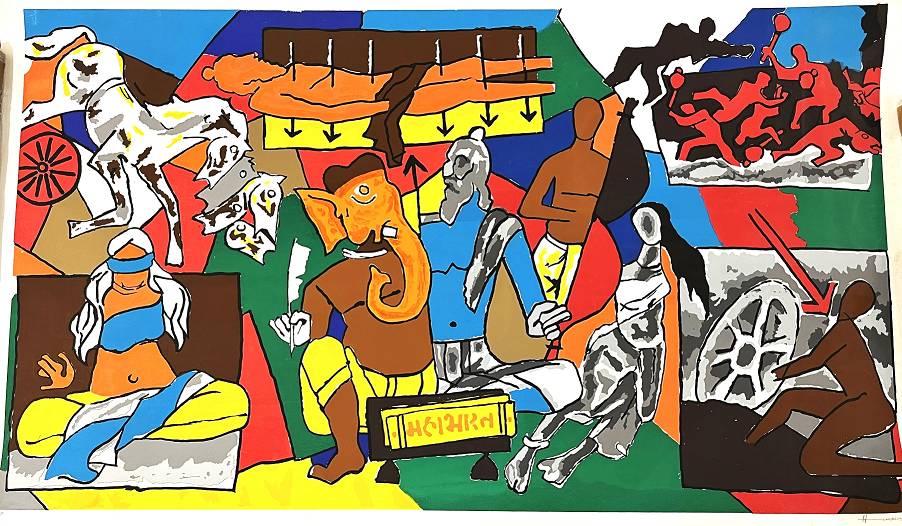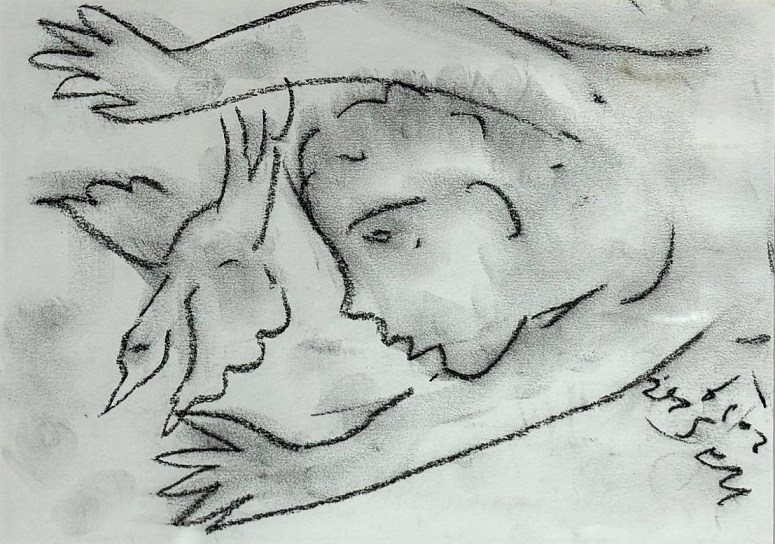Usually, the first image that comes to mind when you say Art appreciation is a group of critics or historians discussing unheard names in the English language that sound like French. This quite isn’t the case. Art is supposed to be liberating and the truth is, anyone can appreciate Art without courses or being told what is considered good by ‘experts’.
Art speaks a universal language that transcends boundaries and cultural barriers, making it accessible to anyone willing to engage with it. It is an expression of human creativity that can evoke a multitude of emotions and thoughts, regardless of one’s background or knowledge. It can be a source of inspiration, solace, or even a tool for social change.
Art is for everyone, and it exists everywhere you look. From the bustling streets adorned with graffiti to the quiet corners of your home decorated with paintings, art is omnipresent. So, if you’ve just started taking an interest in Art, understand that there is no right or wrong way to look at a piece of work. You just need to keep a couple of factors in mind as you dive into this beautiful world.
Know The Artist
To appreciate a creation, the need to know about its creator is obvious. Learning about the artist will really help you in appreciating their work. As soon as you get familiar with a painter’s works, you will start relating to their unique style, which is a key skill to acquire for Art appreciation. Reaching this level will take time, but don’t worry; the internet has a plethora of information available on various contemporary Indian artists to get you started.

Understanding the context in which an artist works can also deepen your appreciation. Consider the historical period, cultural influences, and personal experiences that might have shaped their work. This broader perspective can enrich your viewing experience and provide a deeper connection to the art. For example, knowing that an artist lived through a significant historical event or was part of a particular cultural movement can offer insights into the themes and emotions expressed in their work.
Understand The Medium Used

This one is a toughie. There are different styles and types of art mediums, realism, surrealism, and impressionism to name a few. So for beginners, it’s advisable to keep things simple. Try to understand if the art you see is a watercolour, oil painting, acrylic, or sketch on paper. You can also get knowledgeable about whether the work is figurative, landscape, or abstract in style. In case you are not able to guess the medium and style, just ask the curator or artist.
Each medium has its own unique characteristics and challenges, and understanding these can enhance your appreciation. For example, watercolours can be very delicate and require precision, while oil paintings allow for rich textures and layers. Knowing these details can help you see the skill and effort involved in creating the artwork. Additionally, different mediums often have different effects on the viewer; the smoothness of acrylics, the graininess of pastels, and the fluidity of watercolours can all evoke different emotional responses.
Try and Find A Meaning
To read between the lines and colours and understand the thoughts of the artist can be very difficult. So here’s a simple guide. Figurative paintings are easy because they are an honest description of emotions on canvas. Landscapes capture the natural beauty of a place that’s important to the artist. Abstracts attempt to create magic with shapes, lines, and colours, and their meaning is different for everyone who sees them. Once again, if you want to understand the meaning of a painting, after making an initial guess have a word with the artist.

Sometimes, the meaning of a piece might not be immediately clear and could require multiple viewings. Allow yourself the time to ponder and reflect on what you see. Discussing the artwork with others can also provide new insights and perspectives that you might not have considered. Art often has layers of meaning, and your understanding of it can evolve over time as you gain more experience and knowledge.
Let The Art Move You
An artist works with dedication to create an emotional reaction in their viewer, so when you stand before a work, allow it to create an emotional reaction in you. At this point, the thought of the artist behind the work becomes irrelevant, and your inherent personal view takes precedence.

Remember, your personal interpretation and emotional response are valid. Art is a deeply personal experience, and there is no ‘correct’ way to feel about it. Embrace your own journey with art, and let it inspire and move you in ways that are meaningful to you. It’s okay to have a different perspective than others; in fact, that diversity of thought is what makes art so rich and multifaceted.
Once you are aware of these things, you will be able to break the ice with Art. Happy appreciating!